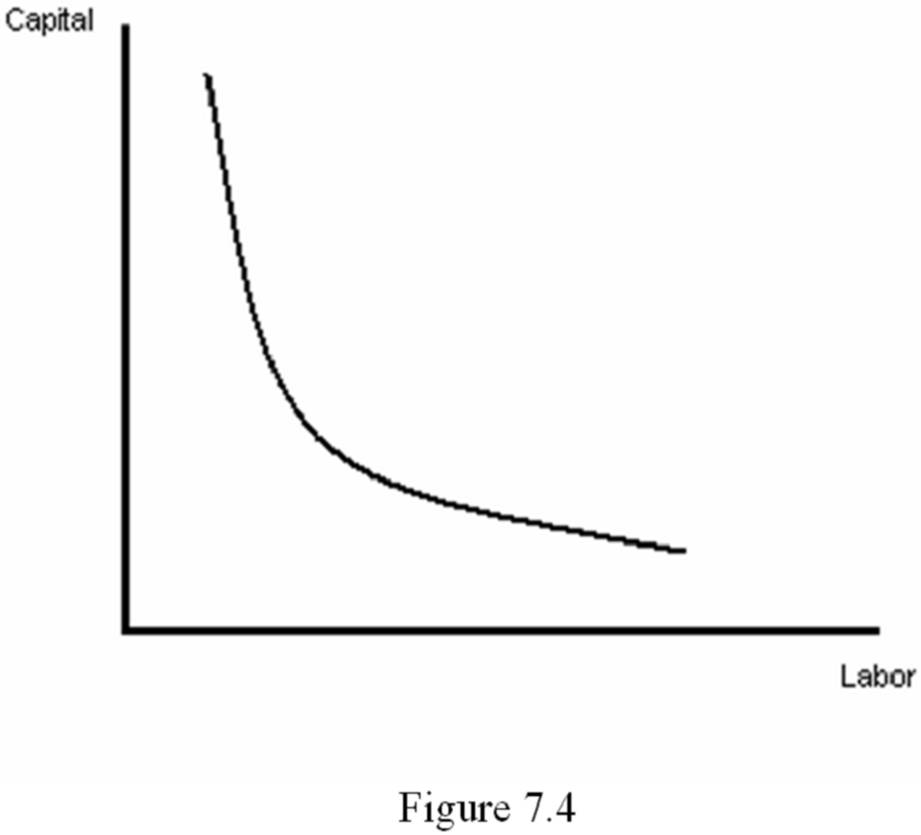In general, the smaller the price elasticity:
a. the smaller the responsiveness of price to changes in quantity.
b. the smaller the responsiveness of quantity to changes in price.
c. the larger the responsiveness of price to changes in quantity.
d. the larger the responsiveness of quantity to changes in price.
b
You might also like to view...
The data in the table above are the U.S. balance of payments. The capital and financial account balance is
A) $0. B) -$80 billion. C) -$200 billion. D) +$200 billion.
Sam's income elasticity of demand for Product A is 1.15, while his income elasticity of demand for Product B is –1.15 . Given these values, what will happen to Sam's consumption of Products A and B if his income increases by 12 percent? a. Sam's consumption of Product A will fall, while his consumption of Product B will rise
b. Sam's consumption of Product A will rise, while his consumption of Product B will fall. c. Sam's consumption of Product A will fall, while his consumption of Product B will remain the same. d. Sam's consumption of Product A will remain the same, while his consumption of Product B will fall.
Refer to Figure 7.5. Which diagram represents isoquants for a Cobb-Douglas production function?

A. A
B. B
C. C
D. D
A consumer with unlimited income will continue consuming goods until
A. marginal utility equals total utility. B. total utility rises. C. the marginal utility of each is equal to zero. D. the marginal utility of each is negative.